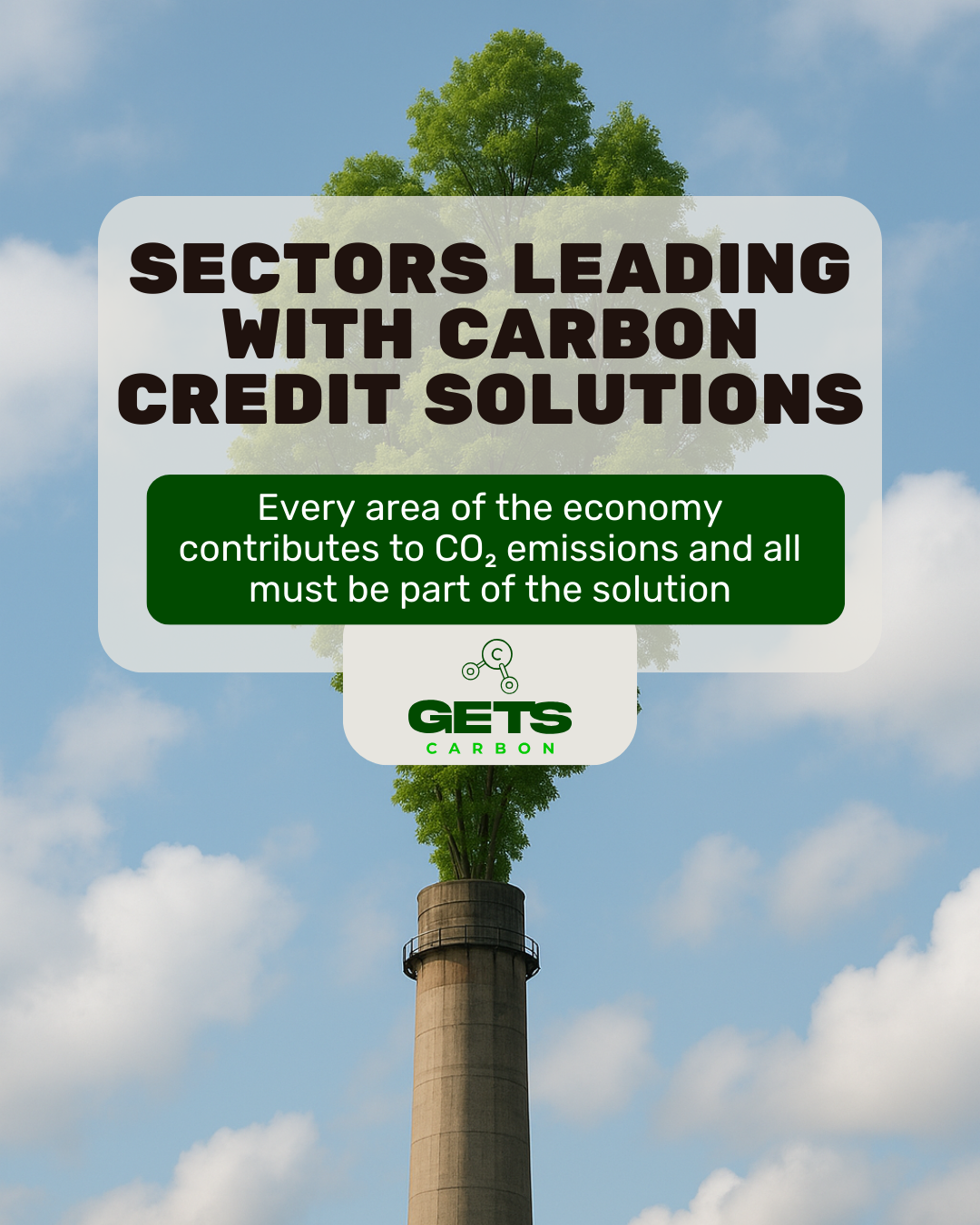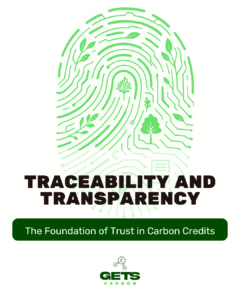Climate change does not discriminate: every area of the economy contributes to CO₂ emissions and all must be part of the solution. From industrial giants to small rural producers, companies across different segments face the same urgent challenge: reducing their carbon footprint without compromising growth. In this context, carbon credits emerge as a strategic and versatile ally, enabling any company or investor to neutralize emissions efficiently while adding sustainable value to their business
But how do Carbon Credit Applications work in such diverse sectors? Essentially, one carbon credit represents one metric ton of carbon dioxide either avoided or removed from the atmosphere through an environmental project. Companies that cannot cut all their emissions internally use these credits to Offset CO₂ Emissions, channeling resources into green initiatives and accelerating the transition to a low-carbon economy. The result is a virtuous cycle: while one organization achieves its sustainability targets, another receives funding to expand climate projects — everyone benefits, including the planet.
Which are the Sectors That Can Offset Carbon Credits? Practically all of them. Below, we explore real examples across different areas of the economy, showing how businesses and investors in each segment are turning environmental challenges into opportunities.
Energy and Electricity – Driving the Renewable Transition
The energy sector accounts for a large share of global emissions but also leads many mitigation efforts. Producers are investing in renewable projects — such as wind, solar, and biomass — that generate carbon credits by avoiding fossil fuel combustion. In 2021, more than 220 million tons of CO₂ in credits came from renewable energy projects in the voluntary market, more than double the previous year.
Distributors and major consumers are also entering the space. Corporations purchasing renewable electricity often monetize excess generation or its environmental attributes as credits (such as RECs – Renewable Energy Certificates). Even oil and gas companies, under pressure to decarbonize, are investing in offshore wind, low-impact hydro, and carbon capture technologies, generating credits to balance their fossil operations.
Industry and Manufacturing – Innovation for Cleaner Processes
Heavy industries — cement, steel, chemicals, mining — are among the hardest to decarbonize. Cement production alone accounts for around 7% of global CO₂ emissions. To address this, companies are adopting cleaner technologies and using carbon credits both as incentives and as compensatory mechanisms.
For example, steel plants replacing coal with green hydrogen can earn credits for the emissions avoided. Brazilian companies like Vale have invested in carbon capture and storage startups focused on heavy industry. Efficiency upgrades — biomass boilers, energy recovery, circular economy initiatives — are also generating measurable reductions certified as credits.
Agribusiness and Forests – Profitable Conservation and Low-Carbon Agriculture
In Brazil’s agribusiness, carbon credits are becoming both a new source of revenue and a driver of sustainability. REDD+ projects pay landowners to conserve forests, preventing deforestation and generating valuable credits.
At the same time, low-carbon agriculture practices — such as no-till farming, crop rotation, integrated systems, and biofertilizers — enable soils to act as CO₂ sinks. These practices can be certified and transformed into carbon credits. Farmers can therefore produce food while also “producing” carbon reductions.
Studies estimate Brazil could generate R$ 100 billion in revenues by 2030 from credits in agribusiness, forestry, and energy — a clear example of sustainability aligning with profitability.
Transport and Mobility – Neutralizing Routes and Freight
Transport, from aviation to shipping and logistics, is another major emitter. Aviation alone accounts for about 2.5% of global CO₂ emissions, with a single long-haul flight releasing more than 1 ton of CO₂ per passenger. Airlines worldwide are now offering programs for customers to offset their flights through carbon credits, investing in renewable energy or reforestation projects.
In road transport, logistics companies and e-commerce giants are neutralizing freight emissions by acquiring credits linked to sustainable initiatives worldwide. Maritime operators are financing “blue carbon” projects such as mangrove restoration, which capture carbon efficiently while protecting coastal ecosystems.
Finance and Investment – The New Frontier of Environmental Assets
The financial market has embraced carbon credits as an emerging asset class. Banks and asset managers are launching funds and indices tied to credits, offering both financial returns and measurable environmental impact. The voluntary carbon market could reach US$ 10 to 50 billion annually by 2030, driven by corporate commitments and global regulations.
For investors, carbon credits offer dual benefits: potential capital gains from rising demand and direct contribution to impactful projects. For companies, they represent a way to secure resilience, reputation, and compliance in a rapidly decarbonizing economy.
Time to Act: Turning Emissions into Opportunities
The examples above show how carbon credits are transforming entire sectors, converting environmental challenges into business opportunities. Each metric ton of carbon offset is not just a number — it’s a strategic step toward innovation, environmental responsibility, and long-term growth.
Now is the moment to act. Contact Gets Carbon and discover how we can help transform your CO₂ emissions into measurable positive outcomes. Adopting carbon credits is not only about offsetting what you emit — it’s about investing in innovation, social responsibility, and a sustainable future for your organization.




